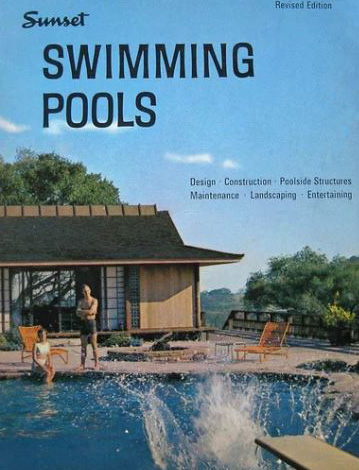‘’All good artists make the world around us seem more complex, interesting and enigmatic that it usually appears.’’ Martin Gayford, A Bigger Message Conversations with David Hockney.
I agree with the interesting and enigmatic part but not so much the complex. A lot of artists strive to make their subject less complex and therefore more enigmatic, it’s the stuff that’s left out that draws us in. I’ve always loved enigmatic paintings. Dali’s work is so weird and dreamlike that there’s no end of mystery to them, not being set in our world just the remains of it in a world of dreams. We are drawn into a fourth dimension of somewhere beyond the physical plane. His landscapes are mostly empty desolate places with some strange stuff going on, none of it makes logical sense but makes for fascinating pictures and the fun of it is we are left to make up our own minds about what the heck it all means.
Vermeer’s Girl with a Pearl Earring endures not just from the speculation about who she might have been, but Vermeer’s composition, the girl is facing away from us but her head turned towards us as if passing by and momentarily glancing to her left, her mouth slightly ajar makes her seem not entirely relaxed but like she was in the middle of doing something else, the dark background gives no other clues. It’s also an excellent lesson in colour theory.
Hockney’s iconic splash paintings are masterpieces because of their enigma, they were inspired by a magazine cover about swimming pools. There’s no one there, someone was there it seems, it’s static and suggests movement at the same moment in time. The clinically tidy setting and sombre reflections in the windows don’t mirror the bright apparent warmth of the day but of monochrome dullness adding a level of oddity. ‘The figure whose plunge is recorded by the splash will never surface in this world’1. Like Hopper, Hockney’s works are not a straightforward replication of actual scenes. ‘Rather they present the city as a tropical utopia, as though it was an outpost of an empire’2. Which is what LA, with its colour, warmth and more liberal freedoms must have felt like to Hockney at that time. Hockney’s double portraits were a small theatre in themselves, his careful staging of two individuals often appearing oblivious to each other or otherwise distant, unreachable. Like Hockney’s interest and later involvement in theatre set design, they are a scene in a story.
Hopper used the city and buildings as his stage, again only minimally populated, anything that’s isolated from its surroundings is going to catch attention. Hopper simplified windows down to an opening. Streets end abruptly into empty fields or dense woods, which feels dreamlike, built areas generally don’t stop abruptly like that but reduce and dwindle. The sudden contrast give rise to a Truman show falseness of artifice in which the human occupied world exists totally separate from the natural one, which thinking about it is probably closer to the truth now than we’d like to imagine.
1 Charles Harrison, art critic.
2 See Helen Little, ‘Tate Introductions Hockney’, Tate Publishing, 2017 p15.
